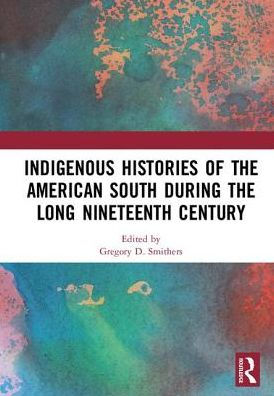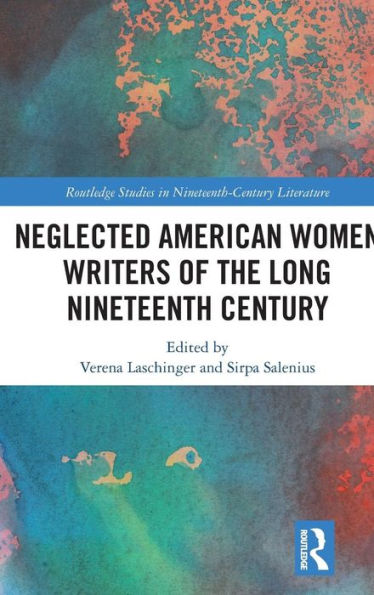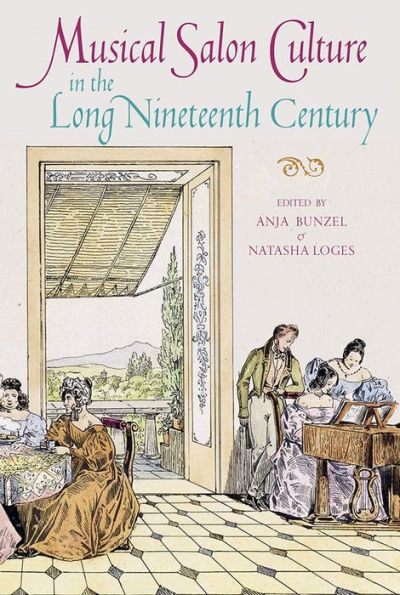Home
the Anatomy of Colorism America: A Comparative Study Across Long Nineteenth Century
Barnes and Noble
Loading Inventory...
the Anatomy of Colorism America: A Comparative Study Across Long Nineteenth Century
Current price: $105.99

Barnes and Noble
the Anatomy of Colorism America: A Comparative Study Across Long Nineteenth Century
Current price: $105.99
Loading Inventory...
Size: Hardcover
*Product information may vary - to confirm product availability, pricing, shipping and return information please contact Barnes and Noble
The Anatomy of Colorism in America
addresses the significance that colorism, racial hierarchy, and white skin idealization have each had on the lives of individuals across multiple communities and how those experiences have compared with one another. These three complexion-based imperial systems culturally, legally, politically, and socially divided persons based on differing skin shades, hair textures, eye shapes, facial angles, body types, or claims to mythical racial backgrounds.
argues that the practices associated with empire building and imperial expansion in America, such as manifest destiny, settler colonialism, and indentured servitude and slavery all led to the creation of these complexion-based divisions. Once formed, these divisions led to socially damaging outcomes for the individuals perceived as nonwhite by the local Anglo-American settler colonial class. This book documents four locations and communities where such circumstances emerged and compares them. The four case studies investigated in this book include Blacks in Charleston, South Carolina, the Californios in Alta California, Mormons in Utah, and the relationship between Indigenous Hawaiians, Japanese immigrants, and Anglo-American whites in Hawaii.
addresses the significance that colorism, racial hierarchy, and white skin idealization have each had on the lives of individuals across multiple communities and how those experiences have compared with one another. These three complexion-based imperial systems culturally, legally, politically, and socially divided persons based on differing skin shades, hair textures, eye shapes, facial angles, body types, or claims to mythical racial backgrounds.
argues that the practices associated with empire building and imperial expansion in America, such as manifest destiny, settler colonialism, and indentured servitude and slavery all led to the creation of these complexion-based divisions. Once formed, these divisions led to socially damaging outcomes for the individuals perceived as nonwhite by the local Anglo-American settler colonial class. This book documents four locations and communities where such circumstances emerged and compares them. The four case studies investigated in this book include Blacks in Charleston, South Carolina, the Californios in Alta California, Mormons in Utah, and the relationship between Indigenous Hawaiians, Japanese immigrants, and Anglo-American whites in Hawaii.
The Anatomy of Colorism in America
addresses the significance that colorism, racial hierarchy, and white skin idealization have each had on the lives of individuals across multiple communities and how those experiences have compared with one another. These three complexion-based imperial systems culturally, legally, politically, and socially divided persons based on differing skin shades, hair textures, eye shapes, facial angles, body types, or claims to mythical racial backgrounds.
argues that the practices associated with empire building and imperial expansion in America, such as manifest destiny, settler colonialism, and indentured servitude and slavery all led to the creation of these complexion-based divisions. Once formed, these divisions led to socially damaging outcomes for the individuals perceived as nonwhite by the local Anglo-American settler colonial class. This book documents four locations and communities where such circumstances emerged and compares them. The four case studies investigated in this book include Blacks in Charleston, South Carolina, the Californios in Alta California, Mormons in Utah, and the relationship between Indigenous Hawaiians, Japanese immigrants, and Anglo-American whites in Hawaii.
addresses the significance that colorism, racial hierarchy, and white skin idealization have each had on the lives of individuals across multiple communities and how those experiences have compared with one another. These three complexion-based imperial systems culturally, legally, politically, and socially divided persons based on differing skin shades, hair textures, eye shapes, facial angles, body types, or claims to mythical racial backgrounds.
argues that the practices associated with empire building and imperial expansion in America, such as manifest destiny, settler colonialism, and indentured servitude and slavery all led to the creation of these complexion-based divisions. Once formed, these divisions led to socially damaging outcomes for the individuals perceived as nonwhite by the local Anglo-American settler colonial class. This book documents four locations and communities where such circumstances emerged and compares them. The four case studies investigated in this book include Blacks in Charleston, South Carolina, the Californios in Alta California, Mormons in Utah, and the relationship between Indigenous Hawaiians, Japanese immigrants, and Anglo-American whites in Hawaii.

















